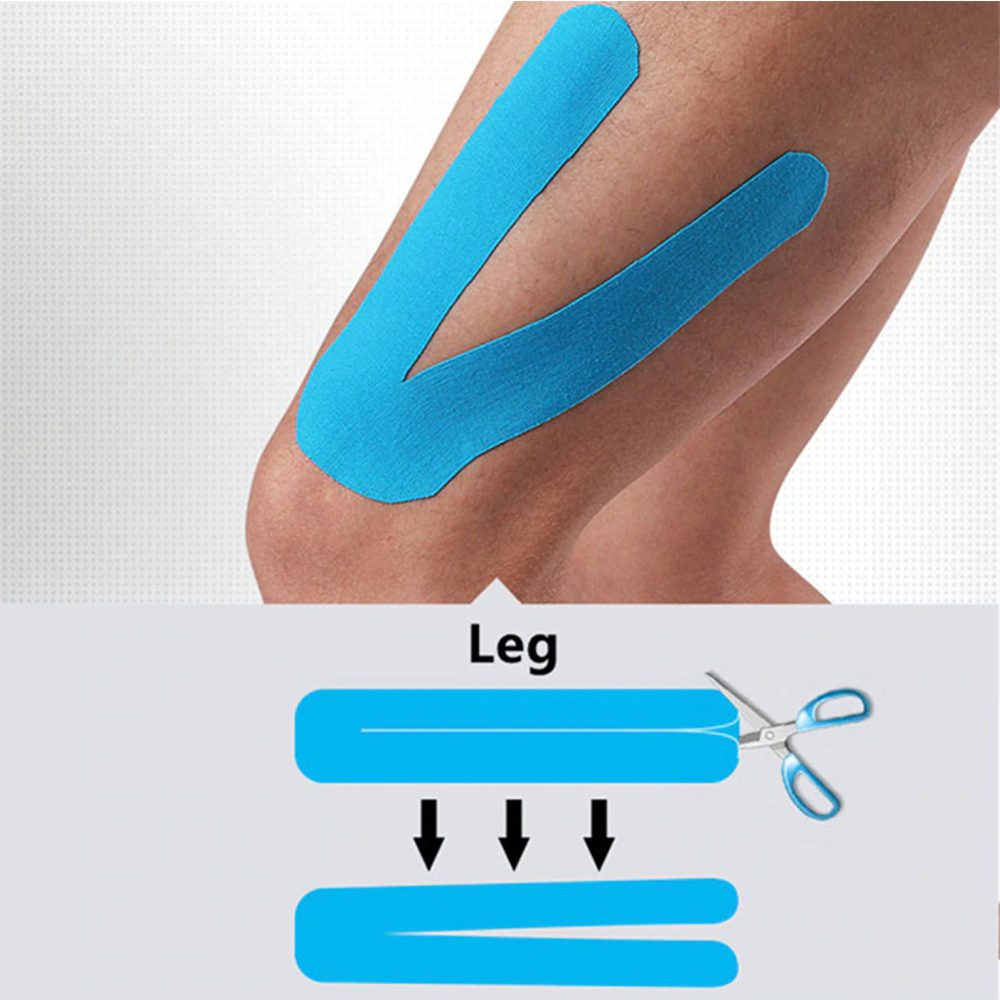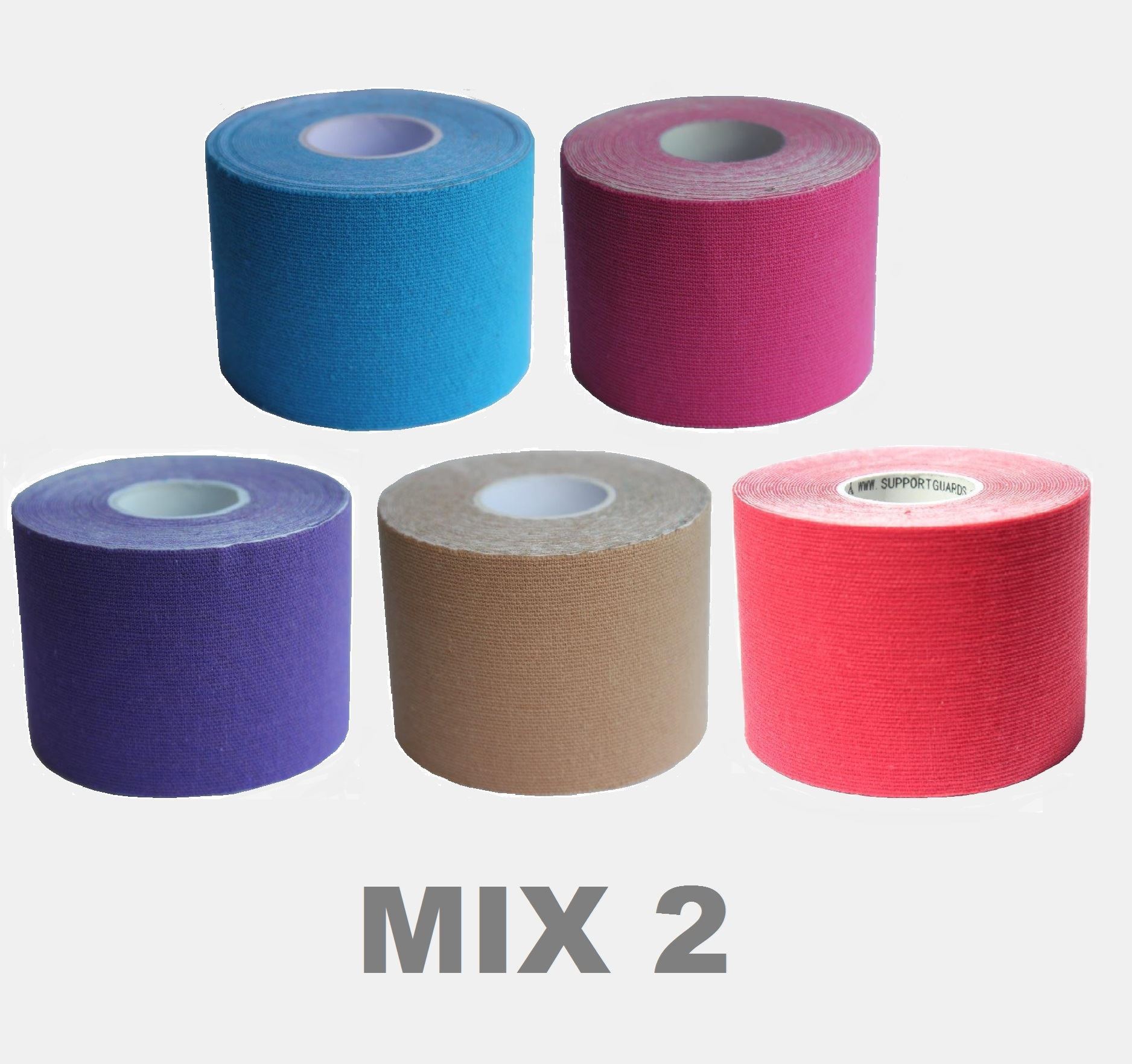

If you have an allergy to the tape's materialsĬsapo, R., et al. You should also avoid using it in the following situations: You should not use kinesiology tape if your healthcare provider advises against it. They can let you know if it's safe to use kinesiology tape and even help with proper application. But it's a good idea to check with a healthcare provider first.
#Kinesiology tape how to
And brands usually include instructions on how to apply the adhesive. That explains the fine print you might find on tape boxes: “not clinically proven for all injuries.” Can I use kinesiology tape at home? So research on its potential uses is ongoing. It's worth noting that kinesiology tape is a relatively new tool. A review found that elastic adhesives, including kinesiology tape, can help with scar management after injury or surgery. Kinesiology tape may help decrease the formation of hypertrophic scars and keloids. At least one study suggests that athletic improvement may be due to a placebo effect. But limited research shows that it may improve lower limb strength for people with chronic muscle fatigue and some types of musculoskeletal conditions.Īnd much of the evidence indicates that kinesiology tape has little to no effect on athletic performance.

Studies have shown that kinesiology tape does not increase muscle strength. However, the research is mixed on this issue too. Boost athletic performanceįans of kinesiology tape believe that it enhances muscle strength and athletic performance. But more than one study suggests that kinesiology tape does not boost circulation to muscles. Some research suggests that it can modestly increase circulation to the skin. This is supposed to improve blood flow and reduce swelling.
#Kinesiology tape skin
One theory is that it promotes healing by lifting the skin up and away from damaged tissue. There are multiple ideas about how kinesiology tape works. Tennis elbow, when combined with physical therapyĮxercise-induced muscle soreness, when used for 48 hours after activity Shoulder pain, when combined with exercise However, research suggests that it may relieve pain related to the following conditions: Another review found that it may help treat chronic back pain when combined with physical therapy.

For example, one review found that kinesiology tape does not reduce low back pain. Many people use kinesiology tape to soothe sore muscles. Keep reading to learn more about common uses for kinesiology tape and its effectiveness. Others might use it to prevent injury or improve athletic performance.īut research on the adhesive is limited and often mixed. As one survey notes, healthcare providers, including physical therapists, might use it as part of a complete treatment plan to help patients recover from injury. People use kinesiology tape for various reasons. It can stretch up to 140% of its original length and is designed to support your muscles and joints without limiting your range of motion. It limits motion by holding muscles and bones in a specific position. Athletic tape is thick and relatively inflexible. That’s why you may have spotted athletes wearing strips of the colorful tape across their arms, legs, and backs.Īt first glance, it may look similar to athletic tape. You can wear it on muscles or joints while exercising or playing a sport. The therapeutic, latex-free tape is made of cotton (or a cotton blend) and uses an acrylic adhesive to stick to your skin. What is kinesiology tape?Ĭhiropractor Kenzo Kase invented kinesiology tape in the 1970s. But does it work? Let's examine the science behind kinesiology tape to find out. Popular brands claim that it can relieve pain and help you recover from injury. The therapeutic and often brightly-colored adhesive is designed to support your muscles and joints during activity. If you're a sports fan, you might have seen high-profile athletes –– from basketball players to Olympic runners –– wearing kinesiology tape.


 0 kommentar(er)
0 kommentar(er)
